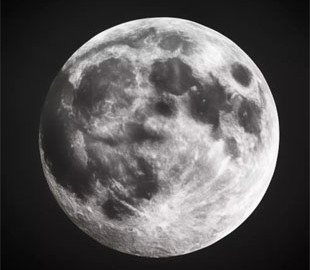
The study, published in the journal Earth and Planetary Science Letters, provided new opportunities for studying lunar earthquakes using a distributed acoustic sensor (DAS). This technology allows earthquakes to be measured with high precision, surpassing the capabilities of traditional seismometers.
Geophysics professor Zhongwen Zhang spent a decade developing DAS, which is based on passing lasers through a fiber-optic cable and measuring changes in light in the cable when exposed to vibrations. This method allows the cable to be used as an array of seismometers, allowing earthquakes to be measured with high precision.
Using DAS in Antarctica, researchers have demonstrated that the technology can measure even small vibrations caused by cracks and ice movement. This confirms the possibility of using DAS to study lunar earthquakes.
The advantage of DAS technology is that the optical fiber cable is resistant to radiation, extreme temperatures and dust, which makes it suitable for use on the surface of the moon.
< p>The next step will be to demonstrate the operation of DAS with limited energy resources on the Moon and further analyze the possibility of detecting small and distant earthquakes.
The DAS technology works by sending lasers through a fiber optic cable and measuring changes in the time of travel of light along the cable. Thus, the cable acts as an array of seismometers, allowing the movement of seismic waves to be observed.

